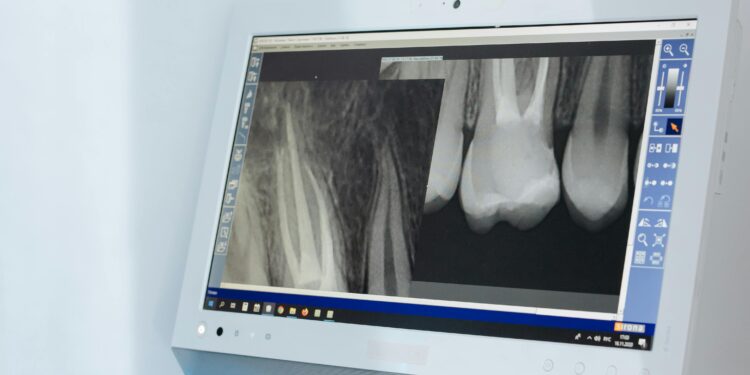Typically, cancer starts in one part of the body. It could be in the lungs or in the prostate. At first, the cancerous cells are in a particular place. But over time, these cancerous cells break away from their original tumor. These cells can enter the bloodstream or the lymphatic system, which is like a network of vessels that help the body fight back infections. The cancer cells use this medium, which could be the bloodstreams or the lymphatic system, as sort of a highway to travel to other parts of the body. In this case, they move towards the bone.
Once the cancerous cells reach the bone, they start to settle there. The bones are typically a good environment for cancerous cells to grow because of the amount of blood supply and nutrients present in each bone. These cells settle in the bone and start to grow and multiply, forming new tumors within the bone. In this article, we are going to discuss how this condition, known as bone spread or skeletal metastasis, can be diagnosed and treated.

How Is Bone Spread or Skeletal Metastasis Diagnosed?
Doctors typically use different methods to figure out if cancerous cells have spread to your bones. Right off the bat, the doctor will talk to you about the symptoms that you have been having prior to your appointment. Then, he’d conduct a physical examination for things like tenderness or lumps in the area you complained about.
X-rays, computed tomography scans, and several other imaging tests will help the doctor get a clearer image of the current situation of the bones. These imaging tests will help see things like fractures in the bone and can even spot tumors that might be damaging the bone.
Other laboratory tests that would be of help in situations like this are blood tests, and bone marrow biopsy. All of these tests are basically to help the doctor to confirm if the cancer truly has spread throughout your bones. If it is confirmed that there are cancerous cells scattered around the bone, then the doctor can proceed to provide you with the available treatment options.
Treatment Options for Bone Spread or Skeletal Metastasis
Treatment for this condition is usually aimed at treating the symptoms, reducing the pain caused by this cancer. Sometimes, doctor try to also treat the cancer more aggressively. The treatment types are broken-down into two: palliative care and curative intent.
Palliative Care
The main goal here is to help you feel better by managing pain and symptoms. There are four main types of treatment options in the palliative care. They include:
- Radiation Therapy → Shrink tumors in the bones
- Chemotherapy → Uses drugs to kill cancer cells throughout the body
- Bisphosphonates → Strengthens your bones and reduce the chances of fractures by slowing down bone breakdown
- Hormonal Therapy → Stops the cancer from growing or spreading by blocking certain hormones
Curative Intent
This treatment option for curative treatments is aimed at trying to cure the cancer or completely get rid of it.
- Surgery: In some cases, surgery might be needed to remove cancerous parts of the bone or to stabilize bones that could break.
- Targeted Therapies: These treatments focus on specific parts of the cancer cells to slow down or stop the cancer from growing.
- Immunotherapy: Immunotherapy boosts your immune system so it can fight cancer more effectively.
Bottom Line
Cancer usually starts in one part of the body, like the lungs or prostate, but over time, it can spread to other areas, including the bones, by traveling through the bloodstream or the lymphatic system.
When cancer cells settle in the bones, they start growing there, leading to what’s known as bone spread or skeletal metastasis. Doctors use physical exams, imaging tests, and lab work to figure out if cancer has spread to your bones.
Treatment focuses on easing symptoms and pain, with options like pain management and aggressive treatments that aim to get rid of the cancer altogether.















